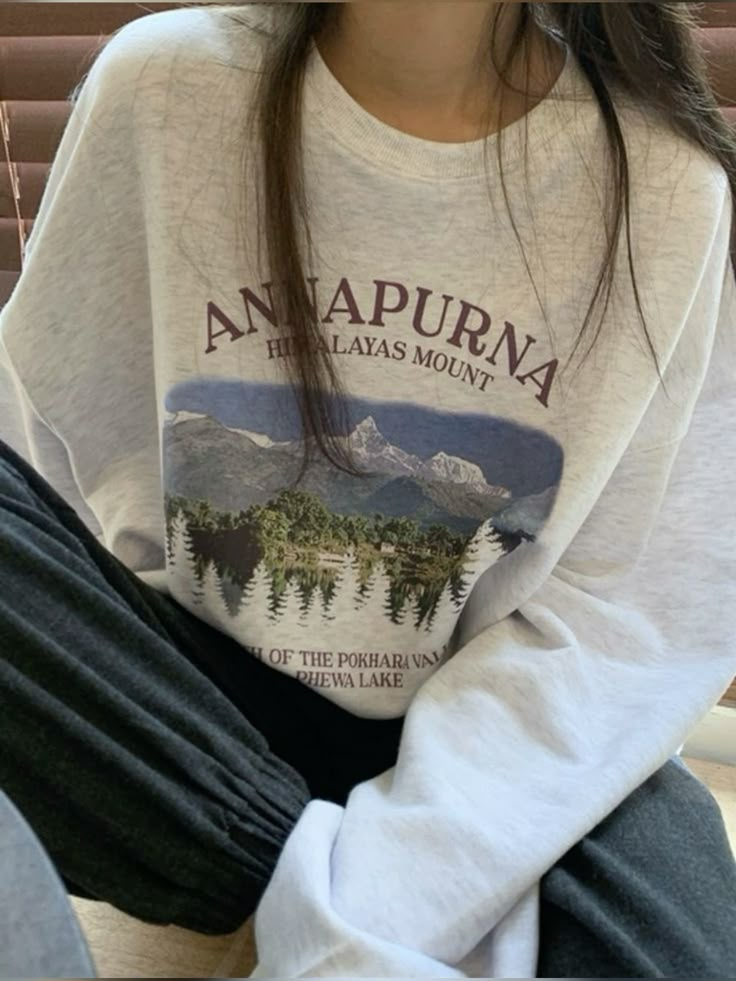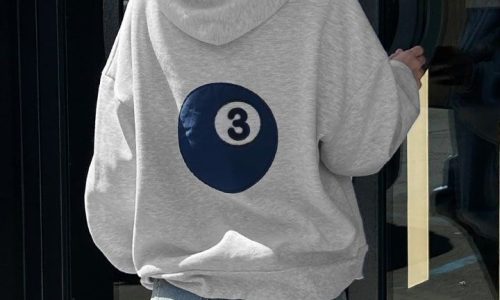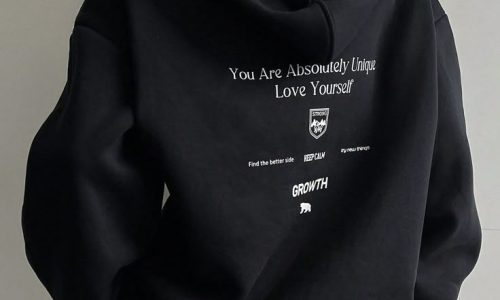
Classic Meets Contemporary: Blending Old and New Trends
Introduction
The evolution of fashion is a fascinating interplay between the past and the present. The theme “Classic Meets Contemporary: Blending Old and New Trends” encapsulates the current zeitgeist where timeless elegance converges with modern edge. In a world where style narratives are increasingly nuanced and diverse, this fusion allows wearers to embrace nostalgia while making forward-looking statements. By merging heritage elements with today’s innovative aesthetics, designers and individuals alike craft wardrobes that honor tradition without being constrained by it. This article explores how fashion is bridging eras, creating harmony between vintage inspiration and cutting-edge creativity.
The Foundation of Classic Style and Its Enduring Legacy
Classic fashion is characterized by silhouettes, fabrics, and principles that have stood the test of time. From tailored blazers and crisp white shirts to trench coats and little black dresses, these staples have maintained relevance across generations. What gives classic style its strength is its emphasis on quality, structure, and subtle sophistication. These garments do not chase trends but remain essential due to their universal appeal and adaptability.
The historical roots of these pieces—such as Coco Chanel’s reinvention of women’s suiting or Christian Dior’s New Look—continue to influence contemporary fashion houses. Their refined lines and clean designs serve as reliable foundations upon which new interpretations are built. Even in a fast-paced fashion environment, consumers return to these classics for their sense of familiarity, elegance, and understated power.
Modern Trends that Disrupt and Redefine Style Norms
Contemporary fashion thrives on experimentation, innovation, and boundary-pushing aesthetics. Emerging designers and influential brands are constantly reshaping the fashion landscape through conceptual silhouettes, advanced materials, and technology-driven design. Whether it’s streetwear’s dominance in luxury spaces or gender-neutral clothing reimagining traditional roles, today’s style ethos is fluid, bold, and unafraid to break rules.
Modern fashion is also defined by inclusivity and customization. Unlike the rigid ideals of previous decades, today’s trends are more about personal interpretation and cultural blending. This democratization of style opens up endless possibilities for how garments are styled, layered, and accessorized. New movements such as upcycling, 3D-printing, and digital fashion are creating garments that challenge both the eye and the norm, offering wearers a more active role in crafting their aesthetic identity.
Where Heritage Meets Innovation: The Rise of Hybrid Style
The intersection of old and new in fashion manifests in hybrid styles that borrow from both ends of the timeline. Designers often reach into the archives to reinterpret classic patterns or cuts, infusing them with modern flair through unexpected colors, unconventional textures, or reimagined tailoring. For instance, a Victorian-inspired blouse might be rendered in a transparent neon fabric, or a 1950s swing skirt could feature tech-enhanced fibers.
This blend of eras generates a dialogue between craftsmanship and novelty. Brands such as Gucci, Prada, and Loewe excel at juxtaposing vintage motifs with present-day sensibilities, creating collections that feel both nostalgic and fresh. These hybrid aesthetics not only captivate visual interest but also serve as metaphors for cultural continuity and transformation.
The appeal lies in the familiarity of classic elements and the surprise of their modernized context. Wearing such pieces becomes an expression of depth—acknowledging the past while embracing evolution.
Styling Strategies to Balance Tradition and Trend
Successfully combining timeless pieces with trend-forward elements requires intentionality and an understanding of proportion, color theory, and layering. The goal is to allow each component to shine without overpowering the ensemble. A classic camel coat over a graphic hoodie, tailored trousers paired with chunky sneakers, or pearls worn with a leather bustier all create contrasts that enhance rather than clash.
Accessorizing also plays a critical role. Vintage brooches on modern blazers, retro handbags with futuristic outfits, or heirloom jewelry styled with minimalist cuts exemplify this harmonious tension. These styling choices invite conversation and showcase the wearer’s ability to blend narrative threads from different fashion epochs.
Ultimately, this kind of wardrobe curation is about storytelling—creating looks that resonate with multiple layers of influence and personal taste. It encourages mindful dressing that is as reflective as it is expressive.
Conclusion
The fusion of classic and contemporary styles marks a significant and enriching direction in modern fashion. It allows for a deeper connection between the wearer and their clothing, drawing from history while envisioning the future. As fashion continues to evolve, the ability to integrate old and new trends becomes not just a creative exercise but a celebration of continuity and reinvention. Through this blend, fashion affirms that style is never static—it’s a dynamic interplay of memory, innovation, and individuality.


